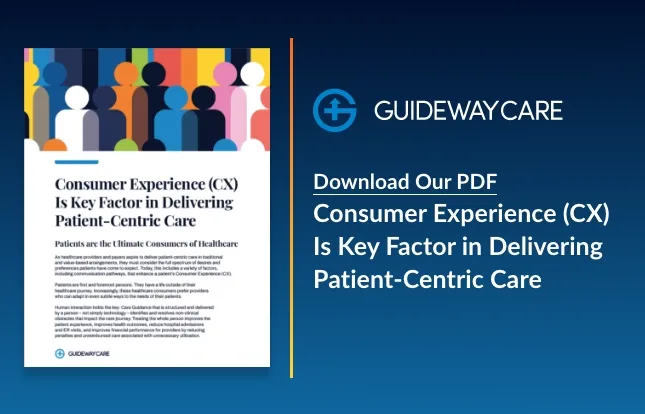Patient Navigation in Oncology Based on EOM Model

Oncology patients require specialized care that is often complex and overwhelming. Navigation of this care can be difficult for both patients and their families. However, with the help of an effective patient navigation program, oncology patients can receive the best possible care.
A recent patient navigation compensation survey found that cancer patients who used navigators were more likely to receive timely screenings and follow-up care and less likely to experience delays in treatment.
Read more: 2018 National Patient Navigation Compensation Survey Results.
We will discuss the essentials of patient navigation in oncology based on the EOM model. We will also explore how to harness the power of this model to provide optimal care for all patients!
What Is Patient Navigation in Oncology?
Patient navigation is a process and set of tools that help patients move through the healthcare system in a coordinated way to ensure timely access to quality care. The patient navigator is a crucial care team member who helps guide patients and their families through the often-complex cancer care journey.
The EOM or Enhanced Oncology Model is a type of patient navigation that is based on four key pillars:
1. Coordinated care: The EOM model emphasizes coordination between all care team members, including the patient navigator, to ensure patients receive timely access to quality care.
2. Evidence-based medicine: The EOM model relies on evidence-based medicine to guide care decisions.
3. Patient-centered care: The EOM model focuses on providing individualized care that meets each patient’s unique needs.
4. Quality improvement: The EOM model constantly strives to improve the quality of care for patients.
How Does a Patient Navigator Work in Oncology?
The EOM model is an evidence-based approach to patient navigation that has been shown to improve health outcomes for cancer patients. This model focuses on providing care and services that are patient-centered, culturally competent, and linguistically appropriate. Patient navigators work with patients to ensure they receive the best care and services cancer patients need when they need them.
Patient navigators may provide medical services, including but not limited to the following:
– Helping patients understand their diagnosis and treatment options
– Connecting patients with community resources
– Providing emotional support to patients and their families
– Serving as a liaison between the patient and their healthcare team
– Helping patients navigate the healthcare system
The EOM model of patient navigation has been shown to improve health outcomes for cancer patients by ensuring they receive the care and services they need. If you are a cancer patient or know someone who is, ask your doctor if a patient navigator could help you navigate the healthcare system.
EOM participants must also have a multidisciplinary care team and participate in quality improvement activities. Quality improvement activities may include data collection and analysis, patient satisfaction surveys, and performance reviews.
The EOM model of patient navigation has effectively improved cancer patients’ health outcomes.
Cancer is a cause of death worldwide, and the burden is expected to grow in the coming years. In light of this, we must find ways to improve cancer care and make it more accessible to patients.
For expert oncology practices, contact Guideway care. Our experienced navigators are ready to help throughout your medical journey. We work with you to overcome language barriers and connect you with the necessary resources. Schedule a free consultation today.
Contact Us Today To Learn How We Can Help
"*" indicates required fields




